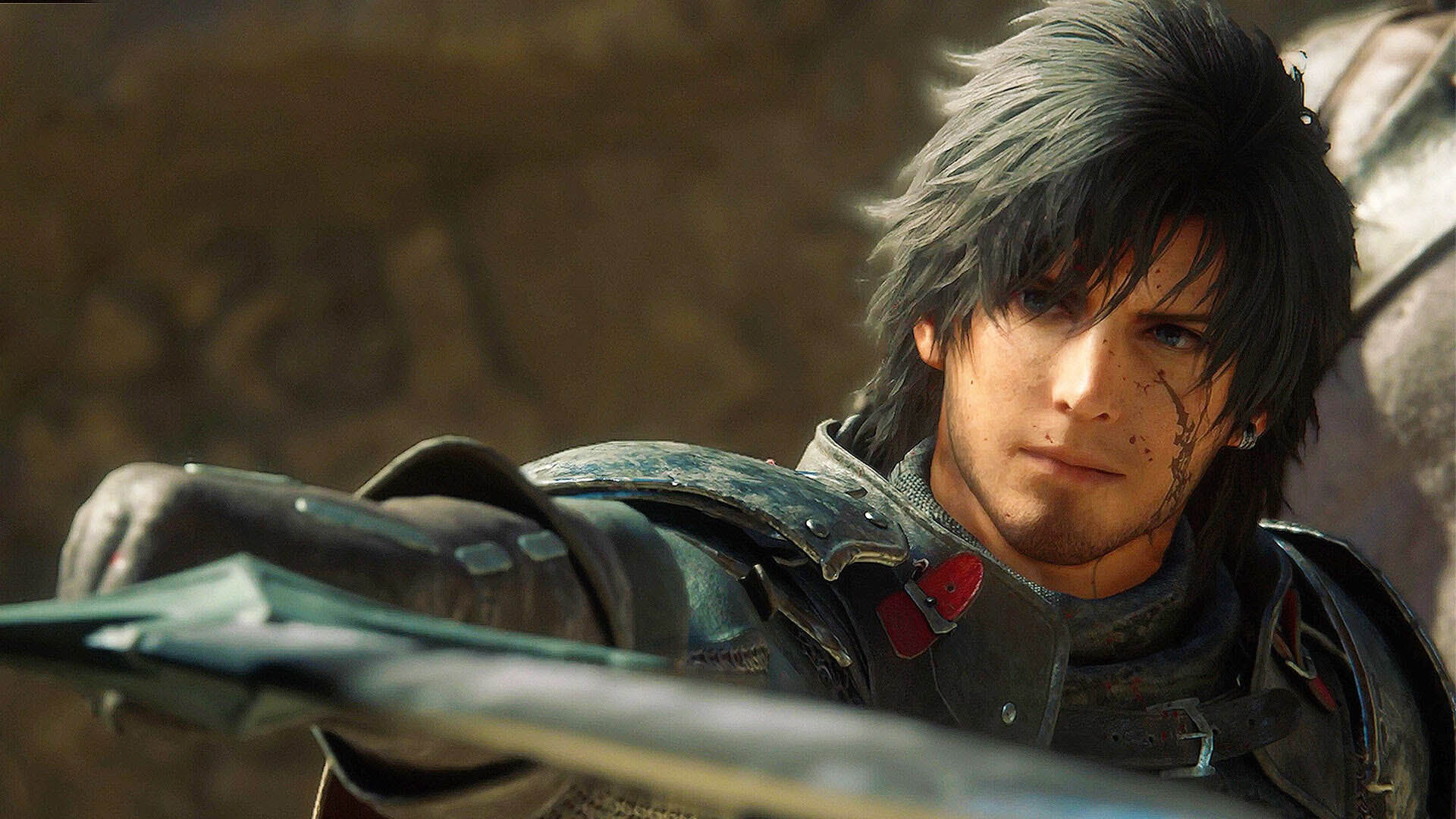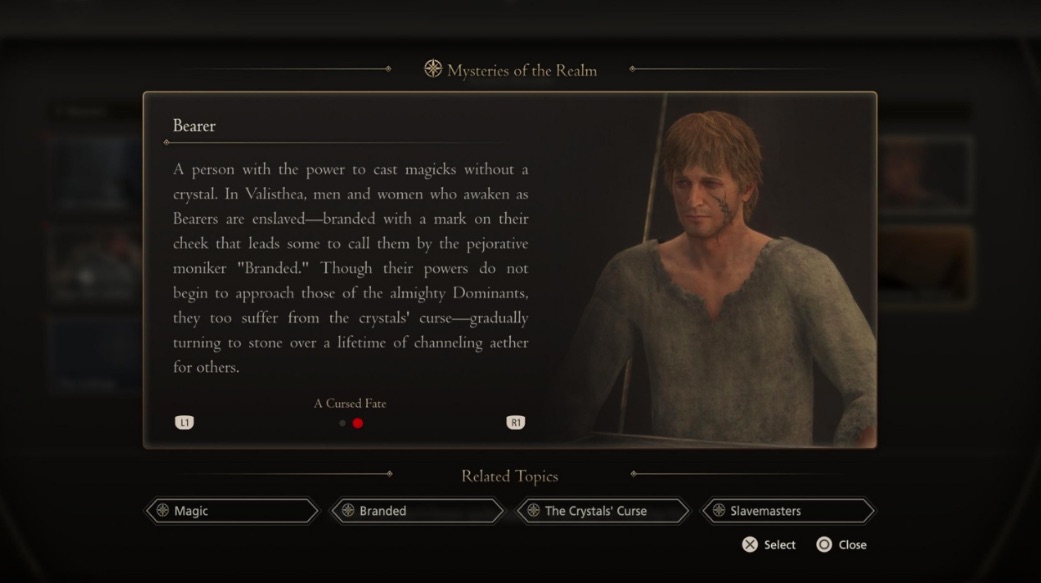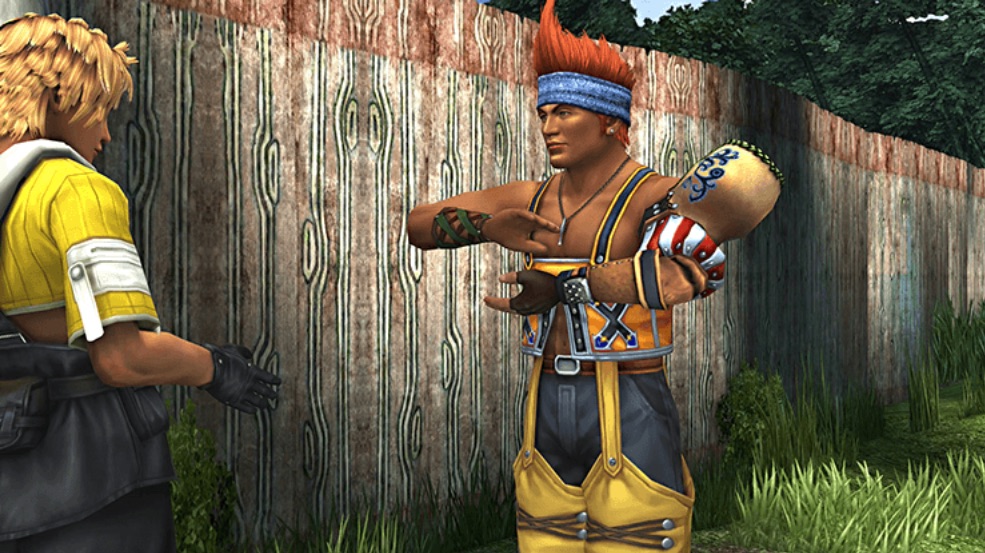
Final Fantasy XVI explores a crucial moral lesson on the sensitive subject of slavery. The game embraces the widely accepted notion that “slavery is bad,” intending to shed light on this timeless issue. However, some critics find the narrative’s take on the topic to be rather predictable and lacking in authenticity.
The world-building and storytelling in Final Fantasy XVI miss the nuances of the slavery theme. The exploration of this profound subject lacks subtlety, leaving the impression that the writers might have overlooked comprehensive research into historical slavery.
Throughout history, almost every civilization has engaged in slavery as a means to build their empires. This is glossed over in the world of Valisthea, exposing potential shortcomings in the writers’ development process.
The Bearers That Don’t Make Sense

Bearers stand out as a unique group possessing innate magical abilities, independent of crystals. Unfortunately, Bearers find themselves relegated to the slave class, tasked with mundane labor such as filling wells and tending fires.
This premise raises questions about the logic behind the discrimination against Bearers when Dominants, who also wield magic, occupy positions of authority and leadership in the same universe. The inconsistency in their treatment appears puzzling and nonsensical. One might wonder why Bearers are subjugated despite their potential to rebel and pose a significant threat to their oppressors.
While the fear surrounding Dominants, as wielders of immense destructive power, is understandable, the capacity of a working-class Bearer to manipulate fire with their bare hands also merits serious consideration. The absence of organized groups of Bearers rebelling against their masters seems implausible.
Final Fantasy X: A Shining Example Of A Clever Metaphor

XVI could have learned from X. Final Fantasy X stands out for its well-crafted lore and skillful exploration of themes, incorporating elements from real history and contemporary social behavior to portray a profound commentary on religion. Remarkably, the writers accomplished this feat without resorting to overt moralizing or taking an overly simplistic “religion is bad” approach.
Unlike the easy path of condemning religion, Final Fantasy X‘s creators delved deeper into societal intricacies, acknowledging the necessity of religion for a functioning society, mirroring real-life dynamics. The result is the mesmerizing world of Spira, a place that feels remarkably relatable and realistic.
Blitzball: The Allegorical Religion

Final Fantasy X masterfully draws modern-day parallels by weaving a universal understanding of religion through the captivating game of Blitzball. Whether Tidus is 1,000 years in Zanarkand’s past or Spira’s present, Blitzball becomes the unifying force that brings people together.
Even the esteemed Yevon priests, holding high ranks in the religious hierarchy, find joy in watching Blitzball matches. In Spira’s renowned Blitz capital, Luca, summoners frequently visit, and it is not uncommon to see their guardians actively play in the sport. The allegory between Blitzball and religion takes on a deeper meaning when we reflect on how devoted sports fans in the real world passionately represent their teams.

In Final Fantasy X, Yevon cleverly incorporated the beloved Blitzball victory gesture into its religious practices, capitalizing on its immense popularity among the common folk. This phenomenon finds echoes in real-world religions, where similar co-opting of customs occurs. For instance, the selection of December 25th as Jesus’ birthday is believed to have been influenced by its significance to pagan worshippers of that era.
The deep and meaningful allegory behind this thoughtful integration of Blitzball in Final Fantasy X struck a chord with countless players, contributing to the enduring appeal of the game even today. Final Fantasy‘s strength has often rested in such skillful symbolism. However, it is regrettable that Final Fantasy XVI falls short in this aspect, missing the mark with its exploration of slavery.

There isn’t anyone in the world who will agree with the notion of slavery. This is the real reason why most fans are unable to accept Final Fantasy XVI as a ‘real Final Fantasy.’ There is a noticeable lack of care put into the abstraction of the allegory and symbolism. Somebody had to build the impressive structures in Valisthea – who else could it have been other than the bearers?
In a perfect world, XVI would have depicted the bearers as something utterly necessary in Valisthea, thus presenting a difficult moral quandary that has players questioning themselves and what they have come to understand as good or evil. Regrettably, the narrative opts for a simplistic black-or-white approach to morality, leaving fans yearning for more.
There are many other reasons why Final Fantasy XVI falls short, but this is a more abstract quality that is likely to go overlooked.
A bolder approach and a unique stance on slavery, infused with accurate reflections of real-life aspects, could have potentially elevated Final Fantasy XVI. Nonetheless, the enduring legacy of Final Fantasy X continues to captivate fans, reminding us of the power of well-crafted allegory and symbolism in storytelling. Go replay Final Fantasy X, and maybe give the criminally underrated X-2 a shot.